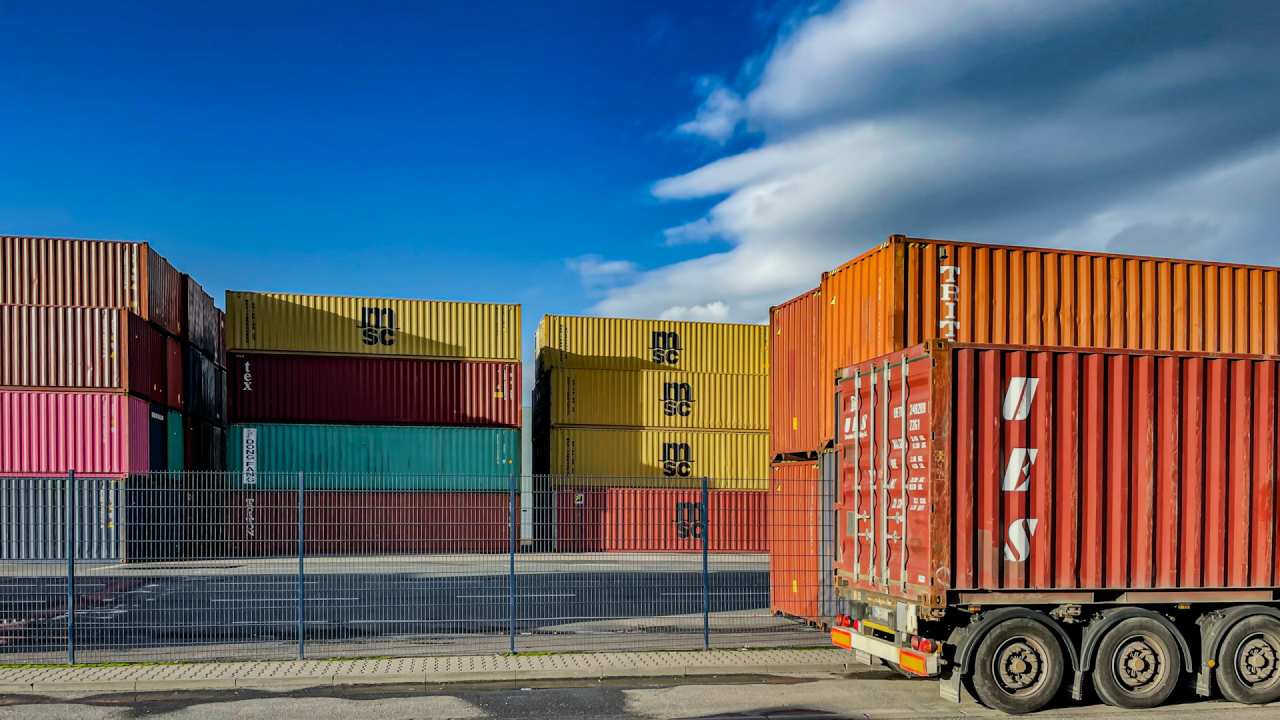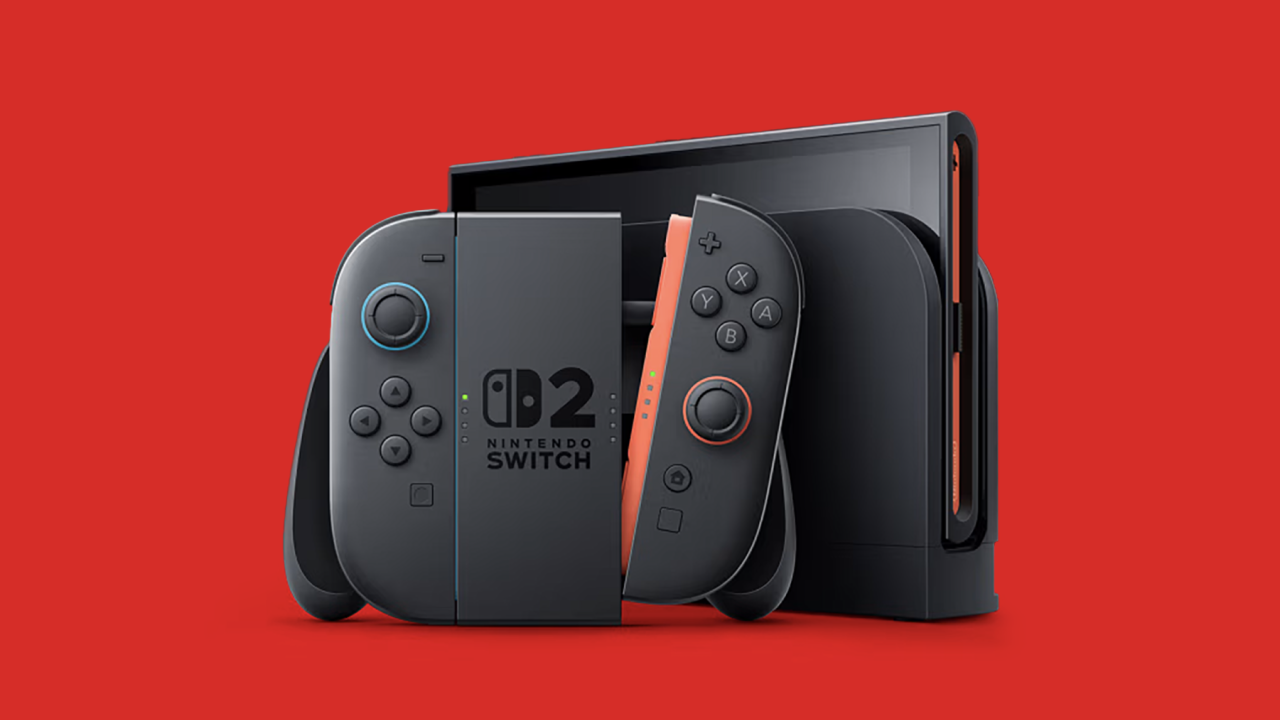How can one make money? This question has been asked throughout history, and while many TikTok gurus offer dubious advice, this guide provides solid arguments. Let’s get started!
Sellers of miraculous amulets and infallible methods to become highly wealthy have always existed. Humans inherently desire to believe there are ways to achieve maximum results with minimal effort. With the rise of the internet, these merchants of false promises have multiplied, crafting increasingly absurd strategies. Today’s goal is to dismantle these ridiculous illusions and, more importantly, to provide you with serious (though more labour-intensive) alternatives for increasing your wealth. Enjoy the journey!
The Fuffa Guru, who tells you how to make money
In 2024, the authoritative Treccani encyclopedia included the neologism “fuffa guru” in its vocabulary, defining it as “one who, exploiting marketing techniques, organises and manages courses, videos, and seminars on the internet for profit, while fraudulently promoting easy ways to make money.” This definition is perfect, elegant, and highly realistic. The fuffa guru is a merchant of illusions, presenting himself as a modern hero.
Often emerging from the poorer segments of society, he may have experienced a childhood steeped in abject poverty, initially despised by those around him and later burdened with debt. He is an outcast who feels destined to remain among the marginalised. However, the fuffa guru refuses to accept this fate. Driven by an insatiable desire for wealth and an even stronger thirst for revenge, he ultimately realises, “This is not my destiny.” He believes that “a change of mindset is necessary because poverty is a state of mind, not merely a lack of money.”
The fuffa guru shares his story of sleepless nights devouring books and completely renouncing parties, birthdays, and weddings, stating, “While others were busy collecting gigs, I was busy collecting skills.” He uncovers secrets that the masses- the 99%—%-overlook, takes the red pill, and exits the Matrix. The fuffa guru is now prepared for the climb to success. Armed with a new mindset and the knowledge he has gained, which will form his ‘method’, he proudly claims to have achieved wealth rapidly and exponentially. Reflecting on his journey, he expresses gratitude to himself “for not being weak and for not giving up.”
In the final phase of his story, he enjoys a life of unrestrained luxury between Dubai and Manhattan, travels on private jets, and drives Lamborghinis. This lavish lifestyle serves as concrete proof that his method is effective and that anyone, by adopting the right mindset and following his advice, can attain similar success, though it comes at a cost. But what does this infallible method entail?
Making easy money, fast and effortlessly: the fuffa guru’s formula
Despite the absence of evidence of his work experience or how he amassed his supposed fortune, this self-proclaimed guru insists on teaching you how to make money quickly and effortlessly. His motive, he claims, is to share knowledge and help you achieve financial freedom. How does he propose to do this? He charges hundreds, if not thousands, of euros for access to his seminars and webinars, where you can listen to him speak.
The formula for wealth he promotes inevitably revolves around the same side hustles. He talks about dropshipping, explaining how to create a successful online store without the need to hold inventory, all while promising high profits with minimal effort. Alternatively, he may introduce you to “passive” affiliate marketing basics. This method automatically generates enormous passive income through affiliate links, allowing you to earn commissions on promoted products.
Another recurring theme is network marketing, often accompanied by the enticing phrase “become your entrepreneur!” In this model, making money hinges on selling products (such as cosmetics, supplements, or services) while primarily focusing on recruiting others to join your network. These recruits, in turn, would earn money by bringing in even more recruits. Does that sound familiar?
It’s important to highlight the concept of real estate flipping, which involves purchasing, renovating, and selling a property for a higher price. This method is often combined with real estate arbitrage, where an individual rents a property long-term and then sublets it to generate a return on their investment.
Additionally, we can’t forget about online trading, which is often seen as the ultimate opportunity by those participating. Many enthusiasts claim that dedicating just a few minutes a day, it’s possible to earn substantial amounts of money through supposedly foolproof signals and highly confidential techniques taught in expensive, exclusive courses. But are these methods as effective as they claim to be?
What the fuffa gurus don’t tell you
When they ‘explain’ how to make a lot of money quickly and effortlessly, the so-called gurus conveniently forget to mention the downsides of these activities, which, let’s remember, are legal and legitimate.
For example, dropshipping comes with various expenses related to advertising, shipping, and supplier management, along with the need for customer service. Additionally, the market is highly competitive, and the risk of losing large quantities of unsold inventory is significant.
Switching to affiliate marketing, it’s essential to understand that generating passive income requires high traffic. This means that many users must purchase a product through your specific link. You might achieve this if you are an influencer with tens of thousands of followers. Otherwise, you must build a large audience, create valuable content, and invest in SEO and advertising—hardly a passive endeavour.
Multi-level marketing is essentially a refined and professional term for a pyramid scheme or Ponzi scheme. The profits predominantly come from new participants recruiting additional newcomers, and like any Ponzi scheme, it is, by nature, doomed to collapse.
When it comes to side hustles in real estate, many successful figures fail to mention that you need collateral and substantial initial financial resources to start a business in this field. Additionally, online trading— especially intraday trading that involves significant (and often unintentional) leverage — can be hazardous. It’s no secret that most retail traders (over 90%) who engage in these trades lose money. While it is possible to make money trading, it requires thorough research, strong skills, and capital to invest. Often, claims of infallible signals and secret techniques are ineffective or even scams.
Now that we’ve addressed the illusions of success, let’s move on to more serious matters.
How to make serious money: Patience is the virtue of the strong
Generating passive income is possible but requires time, patience, and financial investment. One popular method is affiliate marketing, which can be effective but often stems from prior work. To earn significant commissions, you need traffic, which can only be achieved after creating a quality product.
Being a content creator is a legitimate career today, but demands dedication, effort, passion, and specific skills. Investing in real estate is also a time-honoured activity that many Italians are enthusiastic about; we are fond of bricks and mortar! However, initial financial capacity and support from specialists for market analysis and legal and commercial advice are required.
A more accessible option could be real estate crowdfunding, a collective financing method where multiple individuals invest together in real estate projects to share profits. This type of crowdfunding is divided into two categories: lending crowdfunding, which allows lenders to provide funds for real estate transactions in exchange for interest; and equity crowdfunding, in which investors purchase shares in a company, becoming partners who share in both profits and losses.
In conclusion, we cannot overlook stock market investments if asked how to make money and grow our capital. However, it’s important to clarify that we are not referring to speculative trading, but rather to the art of long-term investing. John Bogle, the founder of Vanguard, strongly advocated passive investing through low-cost index funds. His philosophy was built upon several key principles, including broad diversification, minimal costs, a long-term perspective, and a risk-adjusted asset allocation. This approach involves holding funds that reflect market trends, such as the Total Stock Market or Total Bond Market, over many years, typically in the form of Exchange-Traded Funds (ETFs).
Long-term investing pays off, the data says so
Many gurus promoting easy money strategies overlook the importance of investments when discussing ways to make money. They typically start with the obligatory disclaimer: “past returns are not indicative of future returns” because predicting the future is impossible. However, historically, long-term investing in the stock market has proven to be profitable.
For instance, the S&P 500, one of the most well-known indices representing the 500 largest publicly traded companies in the U.S., has achieved an average annual real return of 6.5%, adjusted for inflation. Similarly, the MSCI World index, which includes the largest publicly listed companies worldwide, has reported average annual real returns of 5.6%.
It’s important to factor in the power of compound interest, which Albert Einstein called “the eighth wonder of the world.” Practically, leveraging compound interest means reinvesting the returns earned to generate additional returns. This creates a “snowball” effect: as the snowball rolls down a slope, it accumulates more snow, increasing its size and accelerating its speed.
Let’s consider an example involving a TikTok guru who offers lessons on making money through dropshipping. They charge €50 for an introductory lesson, €500 for a comprehensive basic course, and €2,500 for an advanced course, totalling €3,050. The question is: Will this investment be successful? It’s impossible to know for sure.
Let’s compare that investment with putting the same amount into the S&P 500 for 20 years. Based on historical data and reinvesting profits, you could potentially end up with around €10,500 at the end of this period.
While neither scenario can guarantee a specific outcome, nearly 70 years of historical data and academic research inform our decisions regarding the S&P 500. In contrast, when it comes to the TikTok guru, we can often only rely on an inflated online persona supported by fake followers and rented cars for show.
An inflated online persona supported by fake followers and rented cars for show.
The road to making money is long and winding, and the gurus know it.
Understanding how to earn a substantial amount of money without enduring long waits or struggles is a human desire. Even those who sell false promises of happiness are often just looking for creative—and sometimes deceptive—ways to achieve this. Consider this: why would someone who travels in private jets, drives only Lamborghinis, and dines exclusively on Kobe beef tartare waste time attending lengthy seminars and engaging in one-on-one calls? Is it to “diversify”? Or to “help humanity”? Or perhaps because the real way to get rich effortlessly is for you to purchase their course? The answers are clear.
Instead of relying on dubious figures found online, it is wiser to roll up your sleeves, study, and explore more realistic and legitimate alternatives, such as long-term investments in the stock market. If you’re interested in this topic, we at Young Platform regularly publish content on subjects like why you should invest in Bitcoin for the long term. Subscribe below to stay updated!

Sign up to Young Platform!














